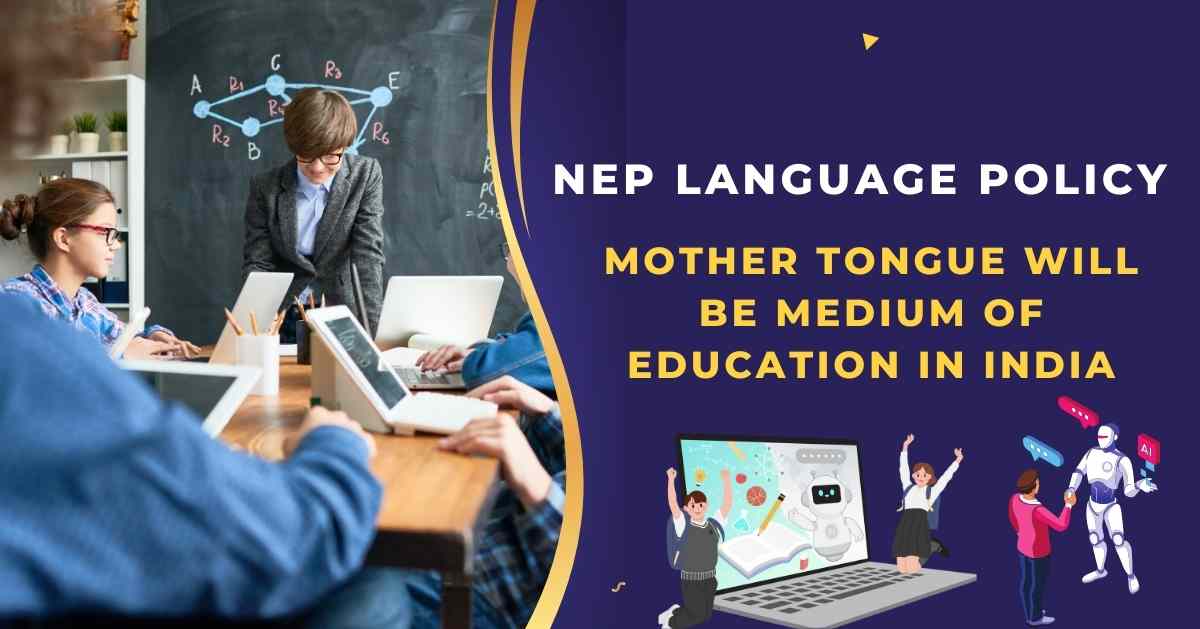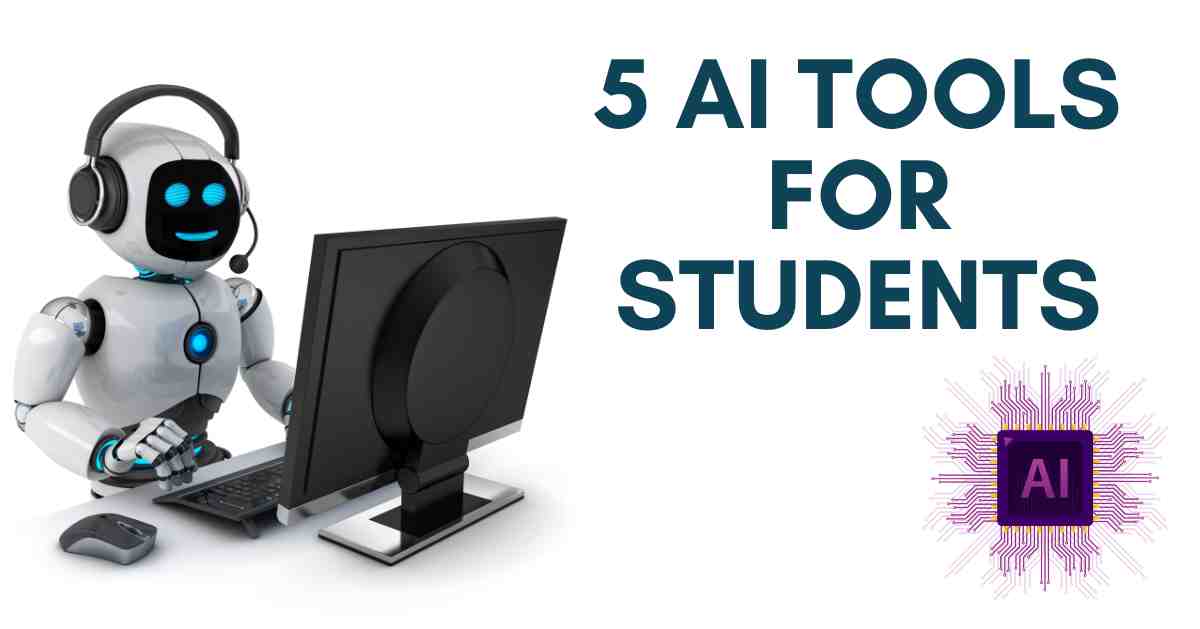Mother Tongue to be Primary Medium of Education in India

India is getting bigger and wants to be known worldwide for its knowledge. Recently, the Indian government has been updating the old education system to a modern one with technology to reach this goal. One big change is understanding how vital it is to teach in the mother tongue, which will be the medium of education in India.
The new approach includes teaching young children in their mother tongue as part of the school curriculum. This has made learning more effective and has helped connect traditional and modern education methods. According to the National Curriculum Framework 2022, children should be taught in their mother tongue until they are eight. The Right to Education Act, of 2009, also supports this by stating that, whenever possible, the medium of instruction should be the child’s mother tongue.
Teaching in regional languages has made it easier for students to understand their lessons and improved their overall learning experience. For example, using the mother tongue helps kids learn new words, understand stories better, and eat the right foods.
The National Education Policy 2020 recommends using the mother tongue or local language for teaching in public and private schools until at least Grade 5, and preferably until Grade 8 and beyond. It also highlights the importance of e-learning in K-12 education. Combining ed-tech with teaching in the child’s native language can greatly improve their chances of success.
Why is the Mother Tongue Important in Education?
Better Learning Outcomes
Teaching children in their mother tongue, especially from ages 3 to 8, helps them remember and understand more. It leads to better grades and test scores. This method focuses on the needs of students instead of a strict “sink or swim” approach.
Increased Engagement
Students are more interested and involved when taught in their mother tongue because they understand the material better. This higher engagement improves learning and reduces dropout rates.
Enhanced Cognitive Development
Research by UNESCO shows that 40% of people don’t get formal schooling in a familiar language. Learning in their mother tongue helps students grasp concepts and retain information better. This leads to improved cognitive skills and learning outcomes.
Preserving Cultural Heritage
Using the mother tongue in education helps preserve cultural heritage. Students gain a deeper understanding and appreciation of their culture, promoting social cohesion and national unity.
Better Communication Skills
Students are more comfortable expressing themselves in their native language. This familiarity helps them develop better communication skills, benefiting them academically, personally, and professionally.
Stronger Teacher-Student Relationships
Teachers can connect better with students when teaching in the mother tongue. Effective communication helps teachers understand students’ needs, creating a positive learning environment for student development.
Supporting E-Learning Initiatives
Combining technology with mother-tongue instruction makes learning interactive and engaging. This approach helps students understand educational material better. As an e-learning provider, we support the goals of the FLN National Education Policy and believe that using the mother tongue as the medium of instruction benefits students, teachers, and the education system.
Blending Mother Tongue and eLearning in Foundational Studies
Accessibility
E-learning platforms can make education accessible to students in remote areas or those without quality education. By developing NEP content in regional languages, schools can ensure that these students learn in their mother tongue, improving learning outcomes and social mobility.
Content Creation
Educational institutions can work with ed-tech providers to create content in multiple languages, including regional ones. This ensures students who need to improve in English can still learn effectively in their mother tongue, leading to better educational results.
Personalisation
E-learning platforms can offer personalized learning experiences. Using data analytics and AI, these platforms can create custom learning paths based on students’ learning styles, preferences, and strengths. This personalized approach helps students learn at their own pace and improves learning outcomes.
Teacher Training
Training teachers to teach in regional languages improves the quality of education and promotes the use of the mother tongue. For example, in West Bengal and Kerala, teachers are being trained to teach in Bengali and Malayalam, respectively.
Collaboration
Digital platforms can enable collaboration between students and teachers who speak different languages. Features like real-time translation and collaborative tools create an environment where students and teachers from different regions can work together towards common learning goals.
Challenges in Promoting Mother Tongue Education
Lack of Qualified Teachers
A major challenge is the shortage of teachers proficient in regional languages, especially in rural areas. Addressing this requires efforts from the government and other stakeholders to train and recruit qualified teachers.
Lack of Standardized Curriculum
Another challenge is the absence of standardized curricula in regional languages, which makes it difficult to ensure consistent quality of education. Developing standardized curricula for different regions is necessary to address this issue.
Resistance to Change
Some people may resist promoting the mother tongue as the medium of instruction, believing that learning English is essential for success. Overcoming this requires ongoing efforts to educate the public about the benefits of learning in regional languages.
Implementing Mother Tongue and Regional Languages in Education
Challenges in Multilingual Classrooms
Classes often have students who speak different native languages, but teachers aren’t hired based on their language skills. Resources in regional dialects that children understand are also limited.
Ministry of Education Initiatives
The Ministry of Education is focused on creating a curriculum framework that highlights the benefits of learning in one’s mother tongue, following the National Education Policy 2020. Indian languages are being promoted and developed, with a “high-powered” committee set up to study and make recommendations on this issue.
DIKSHA Portal
The Indian Government’s DIKSHA portal supports this initiative by offering course materials for Grades 1–12 in Indian Sign Language and 32 other Indian languages. It provides textbooks and teaching resources, helping teachers create inclusive learning environments. This comprehensive library enables students to learn in their native language, improving their educational experience.
Conclusion
India is modernising its education system by integrating mother-tongue instruction with e-learning. This approach improves student engagement, cognitive development, and cultural appreciation. Government initiatives like the DIKSHA portal support these goals, providing resources in various Indian languages to enhance learning outcomes and create inclusive educational environments.
FAQs
Yes, education should be imparted in the mother language whenever possible to enhance understanding and cultural connection.
Mother tongue should be the medium of instruction to aid comprehension, cultural appreciation, and effective communication.
Mother tongue is important in student life as it facilitates better understanding, fosters cultural appreciation, and improves communication skills.
The mother tongue is the best medium for education whenever feasible, as it enhances comprehension and fosters cultural connections.
Yes, the mother tongue significantly influences language learning and academic performance.






